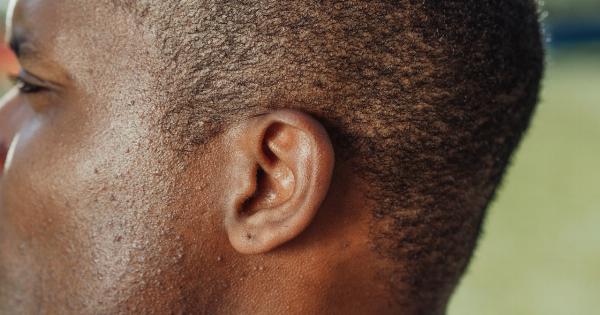Our ears are sensitive organs that allow us to hear a wide range of sounds. However, not everyone can hear the same things, as the range of frequencies that our ears can detect varies from person to person.
The audible range of sound for a human ear is typically between 20 Hz and 20,000 Hz. This range is known as the audible spectrum.
How is sound measured?
The measurement of sound is expressed in units called decibels (dB). The higher the decibel number, the louder the sound. For instance, a whisper is around 30 dB, a normal conversation is around 60 dB, and the sound of a jet engine is around 140 dB.
Some people can hear sounds that are too low or too high to be picked up by the average ear. The lowest sound a human can hear is around 20 Hz. Below this frequency, the sound is considered to be infrasound, and cannot be heard.
Similarly, sounds above 20,000 Hz are considered to be ultrasound and are also inaudible to human ears.
Testing your hearing range
If you are curious about the range of sounds that you can hear, there are various hearing tests that you can take. One of the most common tests is the audiogram test, which is conducted by an audiologist.
During the test, you will listen to a series of sounds at different frequencies and volumes. You will be asked to indicate which sounds you can hear, and the results will be plotted on a chart called an audiogram.
There are also various online hearing tests that you can take from the comfort of your home. These tests are not meant to replace a professional hearing evaluation, but can give you a rough idea of your hearing range.
Hearing loss
Hearing loss is a common problem that affects millions of people worldwide. It can be caused by a variety of factors, including age, exposure to loud noise, ear infections, and genetics.
The most common type of hearing loss is known as sensorineural hearing loss, which is caused by damage to the hair cells in the inner ear that are responsible for transmitting sound signals to the brain.
Hearing aids and cochlear implants are two common treatments for hearing loss. A hearing aid amplifies sound, making it easier to hear, while a cochlear implant directly stimulates the auditory nerve in the inner ear, bypassing the damaged hair cells.
Conclusion
Our ears are amazing organs that allow us to experience the world through sound. Understanding the range of sounds that our ears can detect can help us appreciate the beauty of the sounds around us.
If you suspect that you may have a hearing problem, it is important to seek advice from a healthcare professional.




























